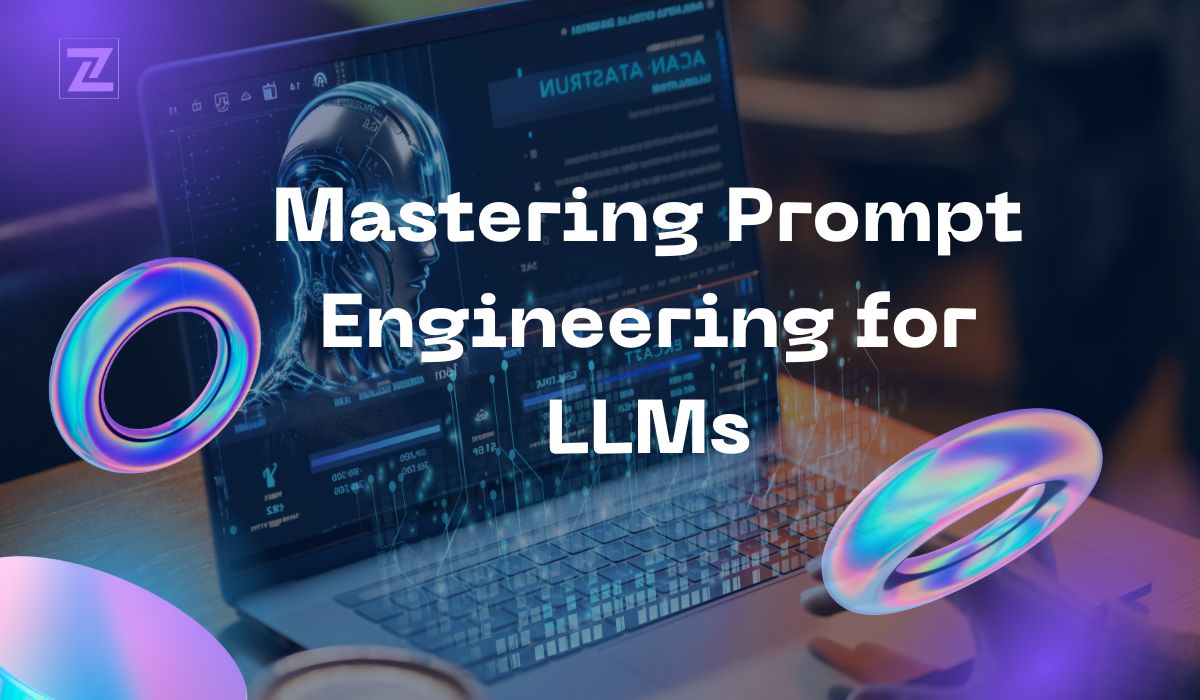
Engaging with AI tools like ChatGPT effectively requires mastering the art of prompt engineering. It's akin to knowing the magic words that unlock the desired responses. In our exploration of Generative AI, including LLMs (Large Language Models) like ChatGPT, we've covered various aspects, from Langchain tutorials to evaluation systems. However, amidst all this, the pivotal factor determining success in leveraging LLMs often gets overlooked – Prompt Engineering.
Prompt engineering involves crafting precise and effective queries to extract optimal responses from smart assistants or AI models. Imagine conversing with a virtual friend; the right way to get specific information isn't just asking about the weather but framing it as, "Tell me the weather forecast for tomorrow in my city." This nuanced skill of refining questions or instructions for AI models is prompt engineering. It's about guiding the AI with precisely chosen words to obtain the desired outcome. Crafting well-structured prompts, especially when dealing with large language models like ChatGPT, significantly enhances the quality of responses.
Understanding the Significance of Prompt Engineering :
To delve into the intricacies of prompt engineering, we need to understand the nature of systems like ChatGPT or Large Language Models (LLMs). Despite ChatGPT's extensive capabilities, it remains fundamentally a machine-learning model, lacking human attributes. Unlike humans, ChatGPT struggles with diverse slang, and it can't independently make assumptions, even on basic matters. This machine limitation means that prompts suitable for human responders may present challenges for an LLM like ChatGPT, potentially resulting in suboptimal or low-quality outputs. The disparity arises from the machine's incapacity to grasp contextual nuances and interpret language with the same nuanced understanding as humans.
Let's break down prompt engineering into two parts:
1. The Essentials
This section covers fundamental principles that one should always consider when constructing a prompt. Here are the five key principles:
a. Give Direction:
- Clearly describe your intended output to guide the language model.
- Prevent assumptions; explicitly state even the most basic information.
b. Specify Format:
- Define the structure and format expected in the response.
- Articulate the desired layout, reducing the need for post-processing.
c. Provide Examples:
- Incorporate illustrative examples to enhance the model's understanding.
- Tangible references assist in grasping context and nuances, ensuring more accurate outputs.
d. Evaluate Quality:
- Actively assess the quality of generated responses to identify errors.
- Implement a systematic approach for refining prompts and improving overall output quality.
e. Divide Labor:
- Break complex tasks into manageable segments using multiple prompts.
- Promote a structured approach to prevent information overload and achieve step-by-step progression.
2. Advanced Tips and Tricks
Moving beyond the essentials, advanced prompt engineering involves strategic hacks to further optimize responses:
a. Pre-Warming:
- Provide preliminary information or context to "warm up" the model before asking the main question.
- Example: Instead of asking directly about vacation spots, start with considerations before choosing a destination.
b. Role-Playing:
- Frame the prompt as if the model is taking on a specific role or persona.
- Example: Prompt the model to act as a historian describing events leading up to a historical moment.
c. Let the Model Think:
- Encourage the model to ponder and reflect on the question before responding.
- Example: Instead of a direct inquiry, instruct the model to consider possible outcomes before suggesting vacation spots.
d. Explain in Layman’s Terms:
- Request responses in simple, everyday language for better understanding.
- Example: Instead of a technical question, ask the model to explain a complex scientific concept as if describing it to a friend.
e. More Context:
- Add additional details to the prompt for more effective guidance.
- Example: Rather than a vague request, specify the context, such as considering a dystopian setting when describing the impact of technology on daily life.
f. Least to Most:
- Gradually increase the complexity or specificity of the prompt.
- Example: Start with a broad question about animals and progressively narrow it down with follow-up prompts.
g. Meta Prompting:
- Use a prompt to generate a prompt for your problem.
- Example: Prompt the model to generate a detailed prompt for creating names for an AI startup.
h. Criticizing Previous Response:
- Prompt the model to evaluate or critique its own previous output.
- Example: After a response, ask the model what could be improved for a more nuanced response.
i. Parsing Text Style:
- Specify the desired writing style or format for the response.
- Example: Instead of a generic request, prompt the model to write a response in the style of a news article or a specific website.
Points to Consider Before Applying These Styles:
- Providing numerous examples can limit the creativity of the LLM. Implement a rating system for a nuanced evaluation.
- Evaluation systems are crucial for production or regular use, ensuring reliability and consistency of responses.
- Avoid oversimplifying prompts. Some seemingly straightforward tasks may involve internal complexities.
- Criticizing the LLM's responses may not always lead to improvements. Consider alternative approaches for enhancement.